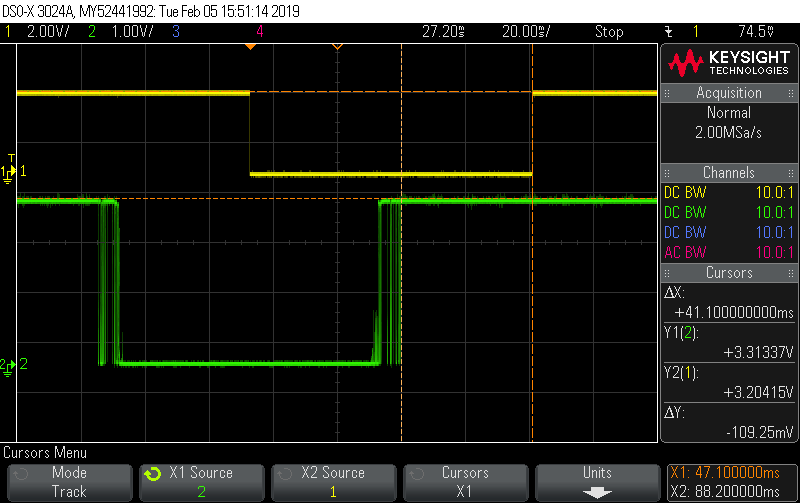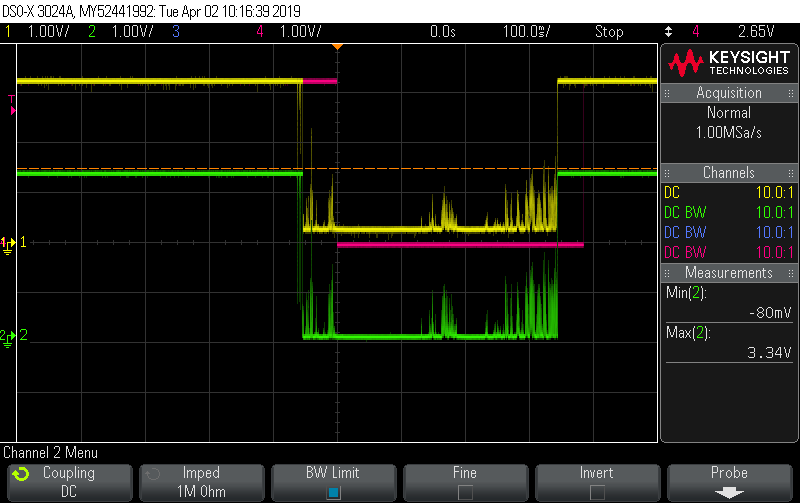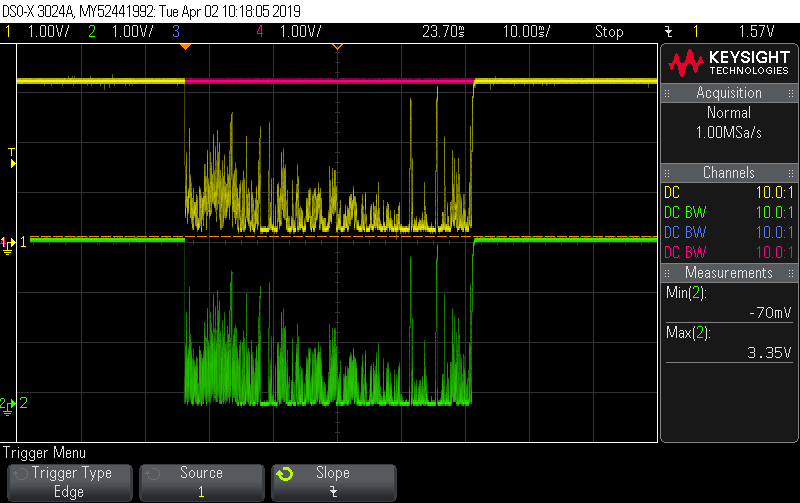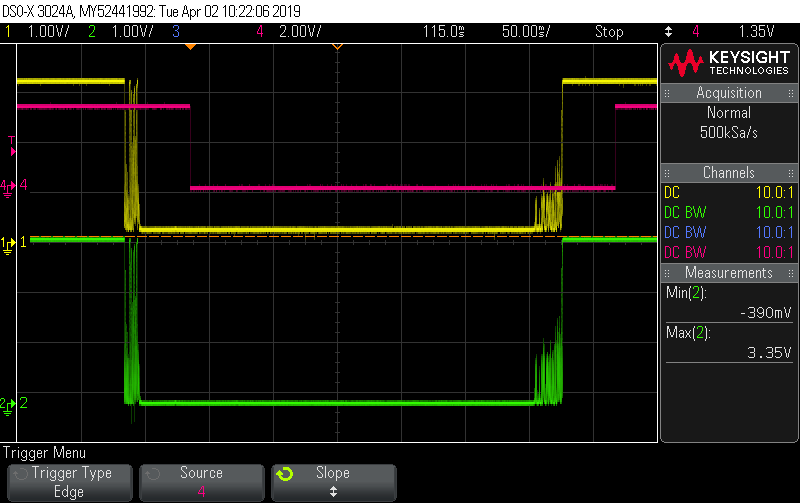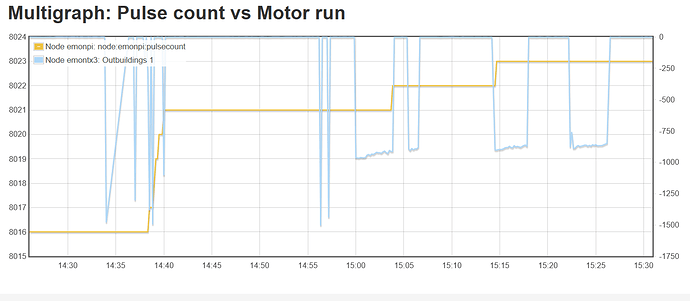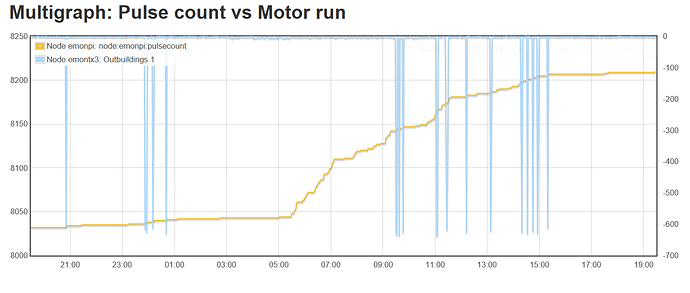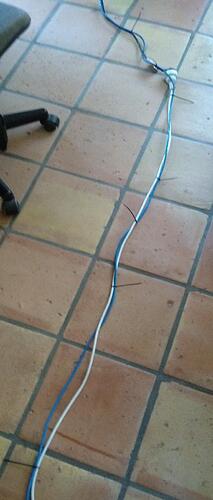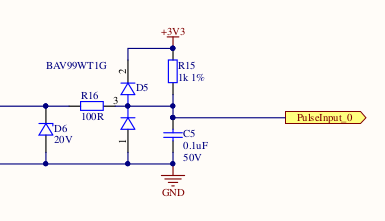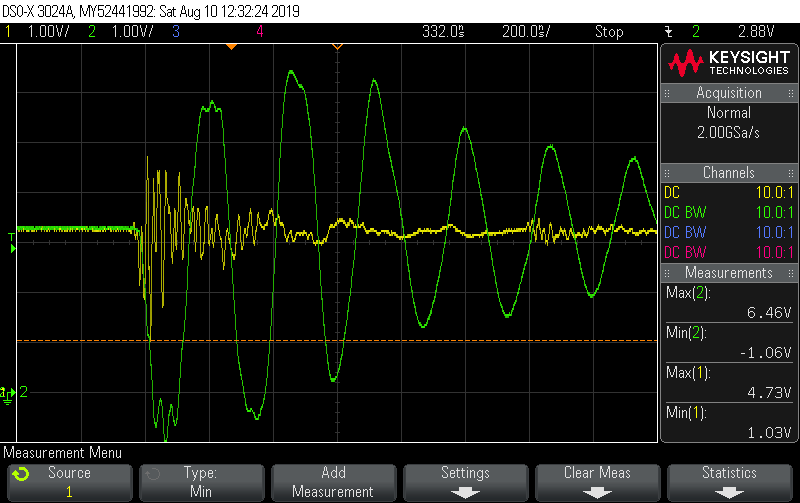I have been running an Emonpi and 2x TX(v3)s for a couple of years without issue other than the odd self-inflicted one. The units (all shop sourced - including adapters etc- , SD emonSD-03May16, Emoncms 9.9.5 ) are monitoring a stand alone, off-grid system, all AC coupled (obviously with the exception of battery storage) as follows:
Emonpi - PV and Wind Turbine generation, 6x temperatures (wired via breakout board and 12m unshielded patch cable)
TX3 - Genset generation, three distribution circuits, 6x temperatures (wired via breakout board and 12m unshielded patch cable)
TX4 - three diversion load circuits, 1x temperature (1m RJ45 cable)
There is an Arduino monitoring AC frequency and Battery bank voltage and sending via serial to the Emonpi. Edits in emonhub for this to work are the only changes I have made to the units.
The entire off-grid system is a little unusual with a number of potential issues that would not feature in normal installations but there has been no apparent conflict with the Emon set-up so far (at least not that I have perceived).
The pulse inputs have always incremented on the Emonpi and TX3 but not the TX4 which has the single temperature sensor and short cable. This has not been an issue since I previously had no use for these inputs and simply ignored them.
Recently I acquired a s/h Sontex 749 heat meter and although I have been manually recording heat output (the unit itself is working fine) I thought it would be useful to integrate this into the Emon set-up utilising the meter’s wired, open drain, pulse output. I wired the Sontex output and GND to the 2nd breakout RJ45 ( wired IRQ and GND only) connected to the Emonpi and pulses register fine, corresponding with the meter’s display. There are, however, still the “spurious” pulses registering. These are apparently directly related to motor activity on a local socket circuit, in particular the 700W house supply water pump but also some power tools (eg mitre saw). Pulse generation correlates with these motors activating.
Having read other posts on the subject of spurious pulse counting (and, frankly, not entirely understood it all) I assumed interference picked up by the patch cabling which was in close proximity (6") to the distribution circuits at some points. However neither re-routing the cable to give a separation from circuits of about 2’ nor connecting the pulse only (no temperature sensors or breakout board) with a different “shielded” cable (admittedly of unknown actual quality!), and with even greater separation (4-5’), made any difference.
I have now connected the meter to a EmonTH (as per wiki instructions) and this is giving a perfect and “clean” pulse record. Problem solved but…
Am I right in assuming that cable interference was probably the problem or is there something fundamental I am missing?
It seems a shame to not be able to use the three existing potential pulse inputs of the Emonpi and TXs - I intend installing at least one other heat/flow meter in the future.
Is there something relatively simple and inexpensive I can do about interference? There will always be motors of various sizes/types/age in use on the sockets circuits - note that low power motors such as heating circ pumps do not cause a problem nor do large resistive loads (including phase angle diversions).
I can not completely move the cabling much further away from circuits as all cabling needs to be routed into the same area around the main inverters and grid CU where the Emon units also need to be. Temperature sensors to the Emonpi and TX take priority over any meter pulse counting. I am loath to acquire some high quality shielded cable unless that will definitely work and acquiring an extra TH unit seems a bit of a waste for just a single pulse input.
Note my expertise in this area of electronics, particularly EMI and the like, is very limited and I am just learning as the need arises. Apologies if this has been bit long winded.
